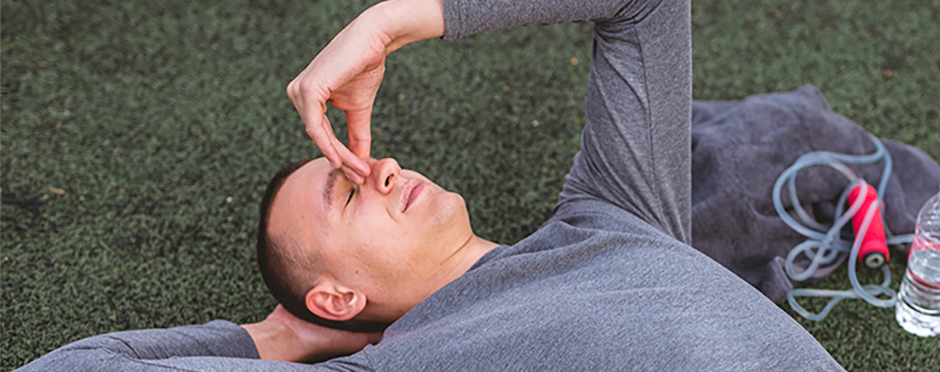
Concussions: How Can Physical Therapy Help?
Leave a CommentConcussions have gotten a lot of attention in recent years, mostly negative attention. It is true that in an ideal world, no one would suffer a concussion. However, life happens. Concussions are thought of as only occurring with a blow to the head which, in reality, is only one way that they can happen.
Concussions can also occur from a fall, either during sport or even a large slip on the ice. These quick movements similar to a whiplash-type event can still cause concussion symptoms. Concussions can even occur secondary to a collision with a fellow athlete where the heads do not connect. However they happen, concussion rates are elevated in recent years. Studies estimate that the incidence of concussions each year is over 3 million.1
Concussion Symptoms
Concussions can present differently for each individual, however here are some common symptoms to be alert for:
- difficulty concentrating
- difficulty thinking clearly
- difficulty remembering new information
- headaches
- nausea
- balance problems
- dizziness
- fuzzy or blurred vision
- feeling tired
- sensitivity to noise or light
- more emotional
- irritability
- sleeping more or less than usual
Concussion Management
There has been improvement in the management of concussions in recent years. Any athlete with a suspected concussion is not allowed to return to play the same day – this was not always the case. There is also a better understanding for the treatment of concussions. There is great evidence for an active rehabilitation approach for concussion management.2,3 Physical therapy is one way to help with this active rehabilitation after a concussion.
Physical Therapy for Concussions can include:
- Treatment for neck pain and headaches
- Balance exercises
- Exercise tolerance and progression to return to cardiovascular activities
- Vision training
- Treating any vestibular symptoms (“BPPV”) if applicable
- Ultimate goal: return to your previous activities, either sports or hobbies, without symptoms
Can Concussions Be Prevented?
One of the best ways to prevent concussions is to avoid head impacts when possible. However, as mentioned previously, concussions can happen without playing a sport or in a seemingly innocent environment. Treatment of a concussion correctly is a method of prevention. For instance, a concussed athlete should not be sent back into their sport if they are still suffering symptoms. Rather, the concussion needs to be managed properly to ensure recovery before returning to activity. We also do not want to remove the person completely from their normal environment as this can also be detrimental. Research now shows that the best treatment for concussion is not to sit in a dark room all day- active rehabilitation is better.2,3
There is no headband, mouth guard, or helmet that can prevent concussions. Yet this is not deterring sports teams from trying to protect their athletes. For example, the University of Iowa football team will be the first football team in the United States to have the whole team wear customized helmets this season. The ability to customize the fit and the padding in each helmet to a specific individual can ensure proper fit to each head. This is not a foolproof prevention method for concussions, but it is good to see organizations taking steps to protect their athletes.
PT for Concussion Recovery
Concussions are a hot topic right now with sports injuries taking the forefront. Physical therapy can help with concussion recovery. Please contact your closest Athletico for a consultation with one of our concussion and vestibular therapists to learn more.
The Athletico blog is an educational resource written by Athletico employees. Athletico bloggers are licensed professionals who abide by the code of ethics outlined by their respective professional associations. The content published in blog posts represents the opinion of the individual author based on their expertise and experience. The content provided in this blog is for informational purposes only, does not constitute medical advice and should not be relied on for making personal health decisions.
References:
1. Herman, Daniel C., et al. “Concussion may increase the risk of subsequent lower extremity musculoskeletal injury in collegiate athletes.” Sports medicine 47.5 (2017): 1003-1010.
2. Griesbach, Grace S. “Exercise after traumatic brain injury: is it a double-edged sword?.” PM&R 3.6 (2011): S64-S72.
3. Collins, Michael W., et al. “Statements of agreement from the targeted evaluation and active management (TEAM) approaches to treating concussion meeting held in Pittsburgh, October 15-16, 2015.” Neurosurgery 79.6 (2016): 912-929.
